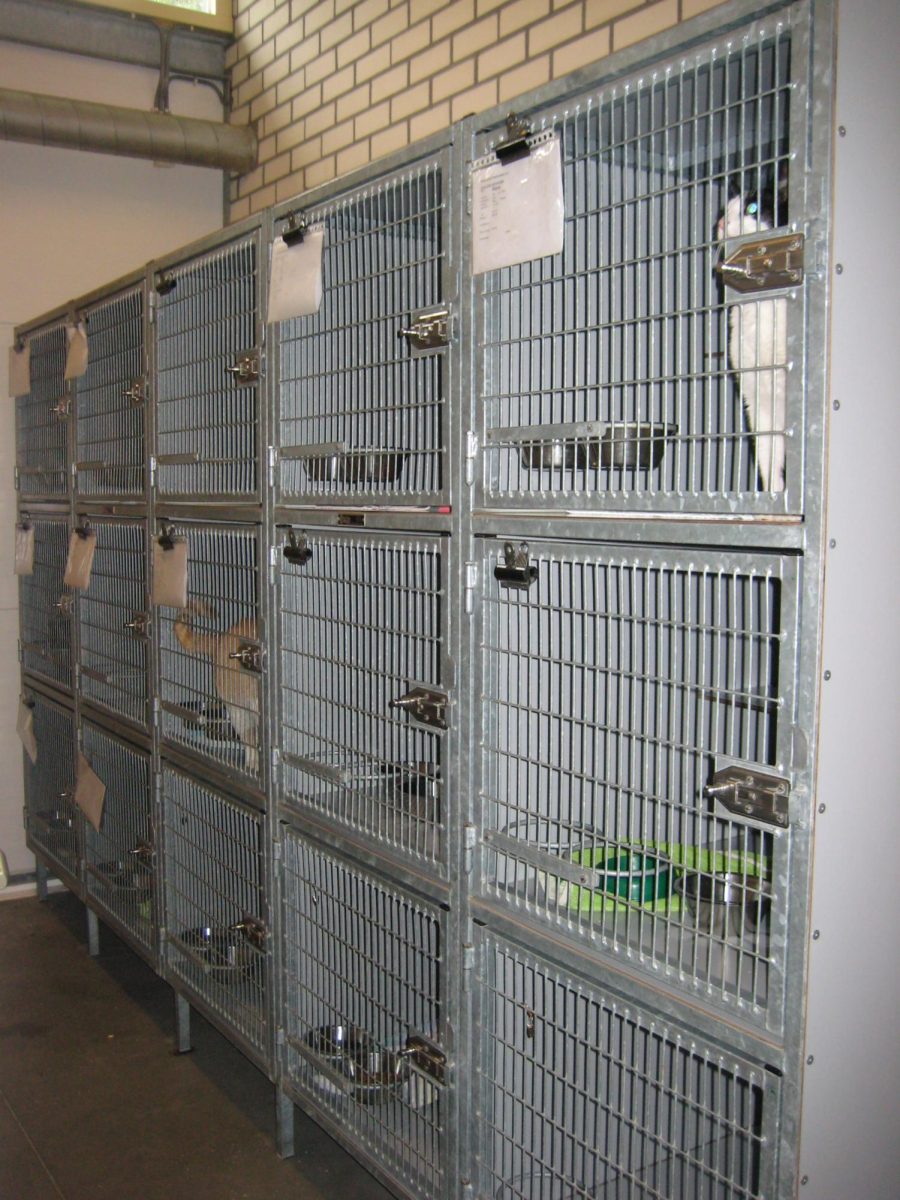Over a million homeless animals face euthanization as shelters’ last resort as the heartbreaking struggle against overpopulation in shelters continues.
According to the American Society for the Prevention of Cruelty to Animals, every year, there are around 6.3 million animals that enter animal shelters in the U.S. while there are 4.1 million animals that are adopted. About 920,000 animals in animal shelters are euthanized, which is a decrease compared to the 2.6 million shelter animals that were being euthanized in 2011.
Chase Miller, the Director of Operations and Outreach at The Bridge Clinic, a nonprofit veterinary clinic in Bensalem, says, “Access to spaying and neutering is a big part of overpopulation. People need to be more educated about it. Getting cats and dogs spayed and neutered really reduces kittens and puppies, it’s extremely important.”
Data from the American Pet Products Association suggests that 78 percent of pet dogs and 85 percent of pet cats in the U.S. are spayed or neutered. However, 88 percent of pets living in poverty-stricken communities are not spayed or neutered due to the lack of availability and affordability of resources for pets, according to the Humane Society of the United States.
“I think the economic stability of certain communities today contributes to this [overpopulation in animal shelters] because some people can’t afford to keep their pets or take care of them so they end up having to leave them behind for their well-being,” says George Keller, a 19-year-old chemical engineering major from Bensalem.
“I think that educating people [about overpopulation in animal shelters] would be an amazing solution to this issue because it will then make people think a lot harder about their decisions. I don’t think that many people really address this topic enough I feel that this topic should be more well-known,” Keller states.
Kelley believes that “a solution would be for people to do their research and actually understand what they are committing to because these animals feel and people being able to throw some of them away so easily is truly disheartening.”
“I think community-wise it’s pretty important especially if you live in a neighborhood where strays are very common. I feel like the community could band together and help these shelters either by getting animals to good homes or raising money to help the shelter keep taking care of these animals,” Kelley continues.


